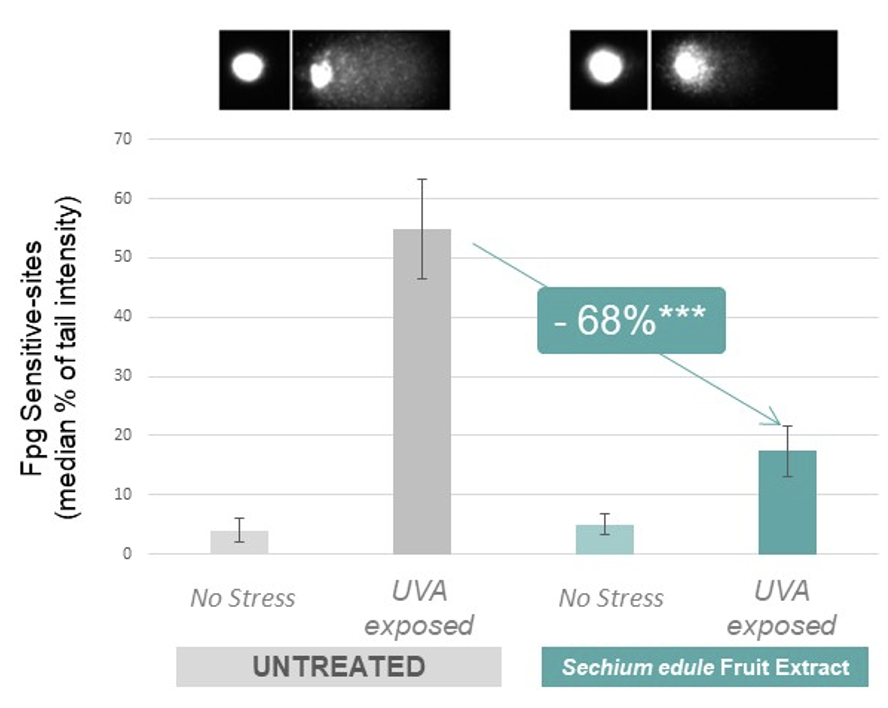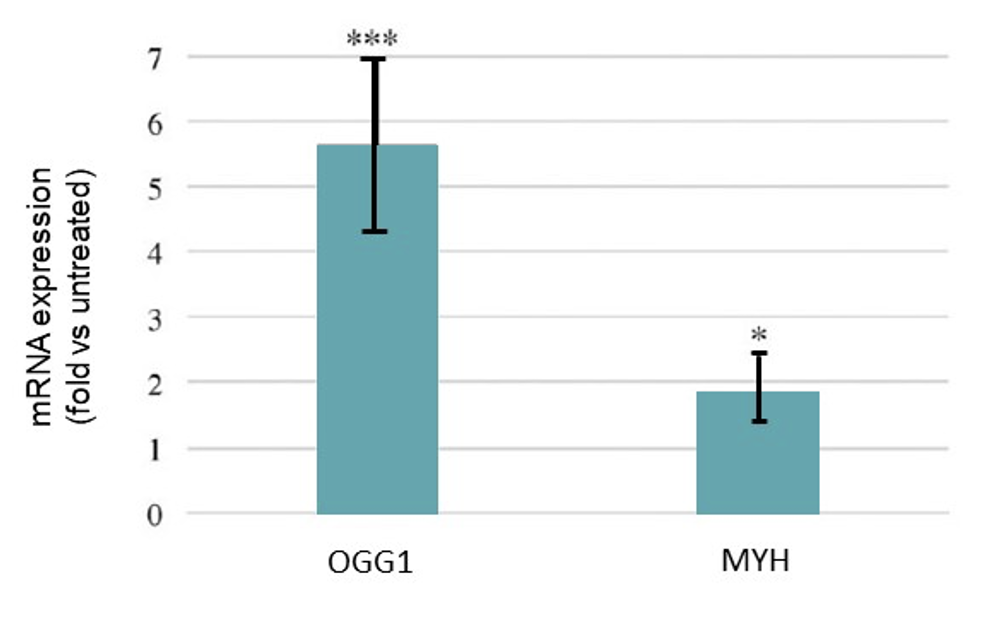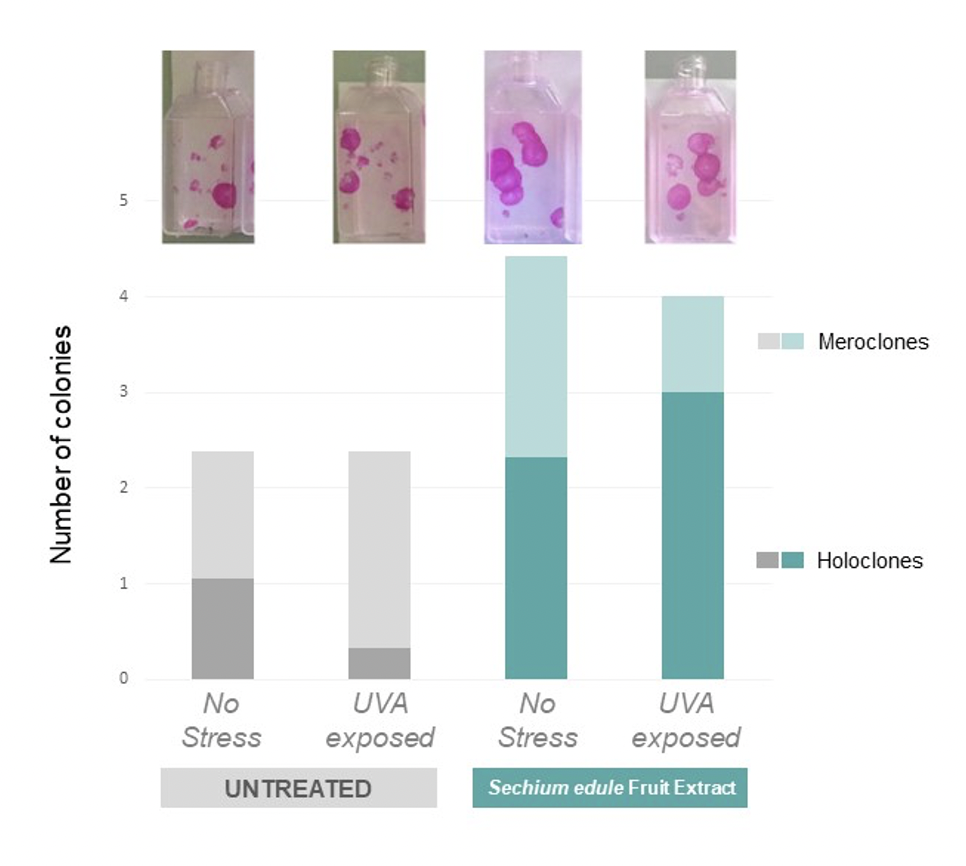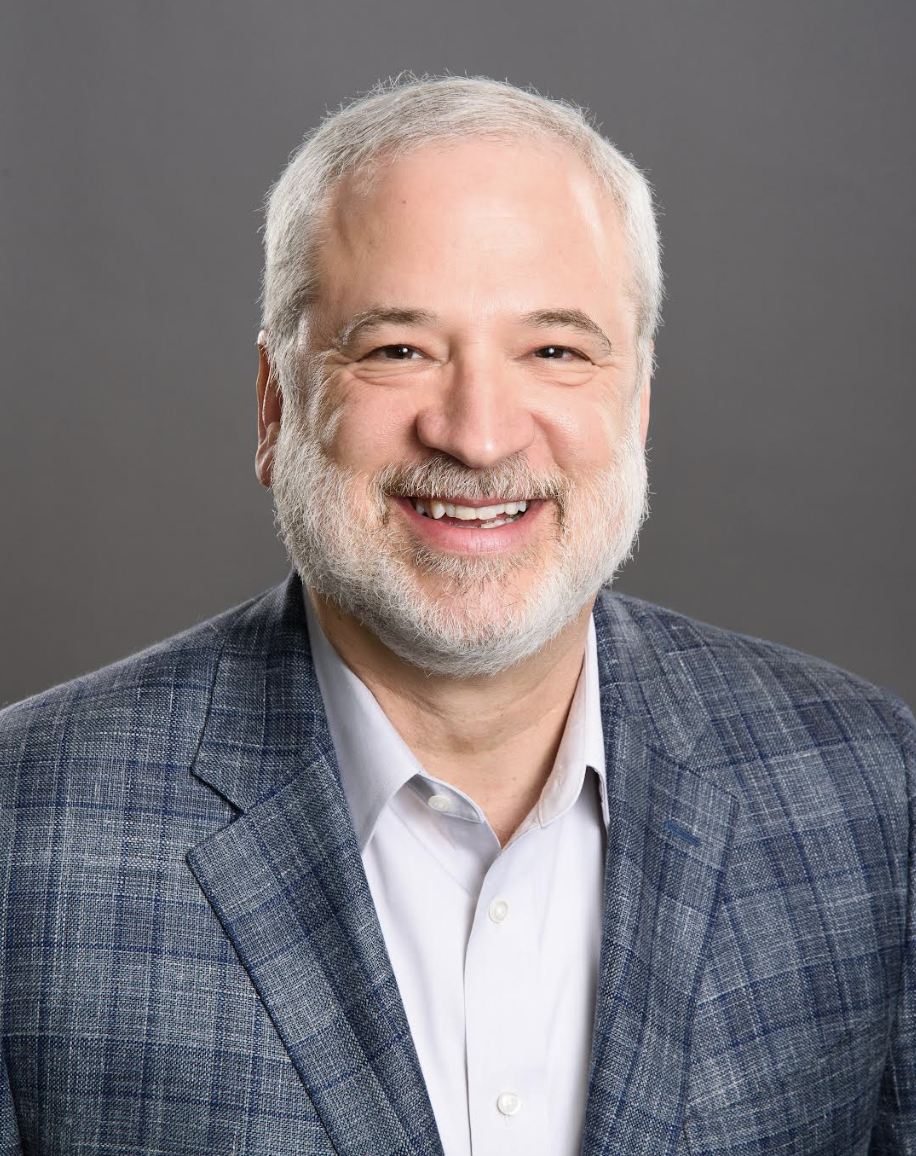We have all heard the term “photoaging” and can agree on its definition, succinctly described by the Canadian Dermatology Association: “Photoaging is premature aging of the skin caused by repeated exposure to ultraviolet radiation (UV), primarily from the sun but also from artificial UV sources. Photoaging differs from chronologic aging: the damaging effects of UV rays – from the sun or artificial tanning sources – alter normal skin structures.”(1) As a result, this UV light causes DNA changes at a cellular level, and because photodamage happens in the deepest layers of the skin – the dermis – it can take years before the damage surfaces and becomes visible(2). (As we all know, UVA radiation is highly damaging, penetrating much deeper than UVB radiation; while UVB causes sunburn, UVA results in premature skin aging and wrinkle formation – and both, of course, can cause skin cancers(3).) Historically speaking, our industry has long focused on protection against UV radiation via the use of sunscreens (which remain on the surface of the skin), but later scientific advances have produced ingredients and formulations intended to penetrate the skin and act to protect cells in the dermal and epidermal layers. And the most recent efforts have been concentrated on the protection of keratinocyte stem cells in the epidermis against UVA-induced DNA lesions, along with boosting the cells’ endogenous DNA-repair system.
It must be mentioned that the concept of “stem cells” commonly brings to mind embryonic stem cells, which can form new cells of any kind, but here we are referring to epidermal stem cells, which can only differentiate into keratinocytes. And as we know from basic skin biology, keratinocytes – if healthy – can potentially renew indefinitely, providing a continuous supply of new cells to the epidermis as part of the essential renewal process of the skin.
But back to the topic of UVA protection: It has been shown that epidermal stem cells have a greater capacity to fight against UVA aggression than their “daughter”, or differentiated, cells, due to more efficient repair mechanisms(4). By the same token, epidermal stem cells are highly sensitive to UVA-induced damage and lose their “stemness” potential when exposed to excessive UVA radiation, which is why it is of utmost importance to protect these stem cells so that they remain robust and productive. It has recently been discovered that an extract from the fruit sechium edule can provide significant biological protection to these stem cells against UVA-induced epidermal damage(5).
The protective effect of sechium edule fruit extract on the epidermis can be observed through its protection against UVA-induced DNA damage, boosting of DNA repair capacities, and maintenance of the stemness potential of keratinocytes.
It was found that exposure to UVA induces the formation of oxidative DNA lesions, specifically 8-oxoG lesions, in keratinocyte cells and causes extensive damage to DNA in the form of fragmentation. A study conducted with the comet assay showcases the severity of UVA-induced damage on DNA as visualized in the samples exposed to UVA with the fragmented DNA forming a tail behind intact DNA. Treatment with sechium edule fruit extract helps to protect keratinocytes by significantly reducing the number of oxidative lesions thereby helping to keep the DNA intact (see Figure 1).

Figure 1. Protection against UVA-induced DNA damage (***p<0.001) (6)
As mentioned earlier, the human body is equipped with its own endogenous repair mechanisms that can repair DNA, but these mechanisms can often be affected by UV and become less effective. The next study looked at the enzymes involved in the repair of 8-oxoG lesions, OGG1 & MYH. The treatment of keratinocytes with the extract brought about a significant increase in the mRNA expression of both OOG1 and MYH suggesting an increase in the DNA repair capacities (see Figure 2).

Figure 2. Increase in enzymes associated with DNA repair capacities of 8oxo-G lesions (***: p<0.001; *: p<0.05) (6)
The most important aspect of protection against photoaging is the preservation of the stemness potential of keratinocytes to ensure proper epidermal homeostasis. The last study observed the ability of keratinocyte stem cells to multiply and form new keratinocytes. In the graph below, holoclones refer to cells capable of extensive proliferation and meroclones are cells with limited proliferation capacity. You can think of holoclones as keratinocyte stem cells and meroclones as daughter cells.
When exposed to UVA, the holoclones change into meroclones and the number of colonies drastically decreases, showcasing that the stemness potential has been negatively impacted by UV exposure and the self-renewal capacity lost. In comparison, holoclones treated with the extract of sechium edule fruit and exposed to UVA present a significant increase in number of colonies and the stemness potential of keratinocytes preserved (see Figure 3).

Figure 3. The preservation of stemness potential in keratinocytes (6)
In conclusion, when the “stemness” potential of the keratinocytes is preserved it results in proper skin homeostasis and can lead to improved skin appearance (smoother skin, reduced wrinkles, more even skin tone, etc.). In addition to the use of broad-spectrum sunscreens (always recommended!), an active such as the one described above derived from the fruit of sechium edule is another tool in the arsenal of the formulating chemist in the ongoing fight against the effects of photoaging and UV-damage.
References:
- dermatology.ca
- yalemedicine.org
- uihc.org
- Metral, Elodie, et al., “Keratinocyte stem cells are more resistant to UVA radiation than their direct progeny.” PLOS ONE, 2018 Sept, vol. 13, n° 9, https://doi.org/10.1371/journal.pone.0203863
- Metral, Elodie, et al., “Long-term Genoprotection Effect of Sechium edule Fruit Extract Against UVA Irradiation in Keratinocytes.”, Photochemistry and Photobiology, 2018 Mar; 94(2): 343-350, https://doi.org/10.1111/php.12854
- Metral, Elodie, et al. “Long-Term Genoprotection Effect of Sechium Edule Fruit Extract against UVA Irradiation in Keratinocytes.” Photochemistry and Photobiology, 2018 Mar; 94(2): 343-350, https://doi.org/10.1111/php.12854
![]()
Authors:

Ben Blinder is the Executive Director, Business Operations at Gattefossé USA, with P/L responsibility for the personal care and pharmaceutical business units in the US and Mexico. He is also a founding member of the Advisory Committee on Diversity & Inclusion for Gattefossé in North America. Ben holds a BS in chemical engineering from Lehigh University.

Christina Philips is the Technical Marketing Leader at Gattefossé USA, responsible for providing information on trends and customer insights and technical marketing support for the sales team. She works closely with formulation chemists at the North American Technical Center to provide customers with informative lab sessions and conceptualize sensorial prototypes that highlight the company’s ingredients. She also volunteers as the Director of Empowerment for FOREFRONT Charity. Christina holds a BS in cellular and molecular biology from the University of Connecticut.


